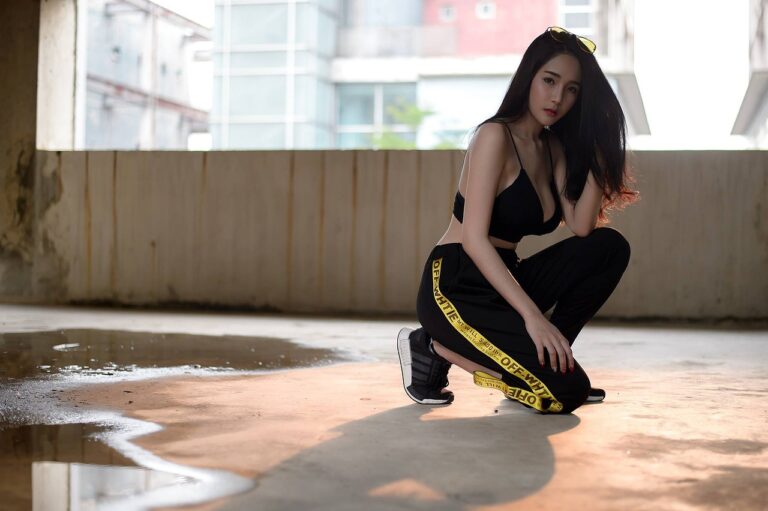Fashion and Slow Fashion Movement: Clothing Brands Promoting Quality Over Quantity
Slow fashion is a growing trend in the fashion industry, with many clothing brands now embracing this movement. By focusing on sustainability, ethical production, and quality craftsmanship, these brands are making a positive impact on both the environment and society. They prioritize using eco-friendly materials, promoting fair labor practices, and creating garments that are designed to last, offering consumers a conscious alternative to fast fashion.
One key aspect of slow fashion is the promotion of transparency within the supply chain. Clothing brands embracing this movement are dedicated to sharing information about where their products are made, who makes them, and under what conditions. This transparency not only builds trust with consumers but also holds the brand accountable for their production practices, encouraging a shift towards more ethical and sustainable fashion choices.
Understanding the Impact of Fast Fashion on the Environment
Fast fashion has revolutionized the clothing industry, offering trendy and affordable options that are quickly produced and marketed to consumers. However, the rapid turnover of clothing collections results in high levels of textile waste. As a result, landfills are overflowing with discarded garments that are not biodegradable, contributing to environmental pollution. Additionally, the manufacturing processes of fast fashion often involve the use of harmful chemicals and excessive water consumption, further exacerbating the environmental impact.
Furthermore, the demand for fast fashion encourages the exploitation of labor in developing countries where garment workers are subjected to poor working conditions and low wages. The relentless pursuit of low production costs leads to unethical practices such as child labor and unsafe working environments in sweatshops. The environmental and social consequences of fast fashion highlight the urgent need for a shift towards more sustainable and ethical practices in the fashion industry.
• The rapid turnover of clothing collections results in high levels of textile waste
• Landfills are overflowing with discarded garments that are not biodegradable
• Manufacturing processes often involve the use of harmful chemicals and excessive water consumption
• Exploitation of labor in developing countries where garment workers are subjected to poor working conditions and low wages
• Unethical practices such as child labor and unsafe working environments in sweatshops
Benefits of Choosing Quality Over Quantity in Clothing
When it comes to selecting clothing items, choosing quality over quantity can bring about a multitude of benefits. By investing in well-made, durable pieces, you are not only ensuring longevity in your wardrobe but also promoting sustainability. Quality garments are made to withstand frequent wear and wash cycles, reducing the need for constant replacements and ultimately lowering your fashion-related carbon footprint.
Furthermore, high-quality clothing tends to have a timeless appeal, transcending fleeting trends. This means that your wardrobe will stay relevant for years to come, saving you money in the long run. Additionally, quality pieces often boast superior craftsmanship and materials, offering you a level of comfort and confidence that is hard to achieve with mass-produced, lower-quality items.
What is the slow fashion movement?
The slow fashion movement is a response to the fast fashion industry, focusing on creating clothing in a sustainable and ethical way.
How does fast fashion impact the environment?
Fast fashion contributes to environmental damage through excess waste, water usage, and pollution from production processes.
What are the benefits of choosing quality over quantity in clothing?
Choosing quality over quantity in clothing results in longer-lasting pieces, reduces the need for constant replacements, saves money in the long run, and supports ethical and sustainable practices in the fashion industry.







